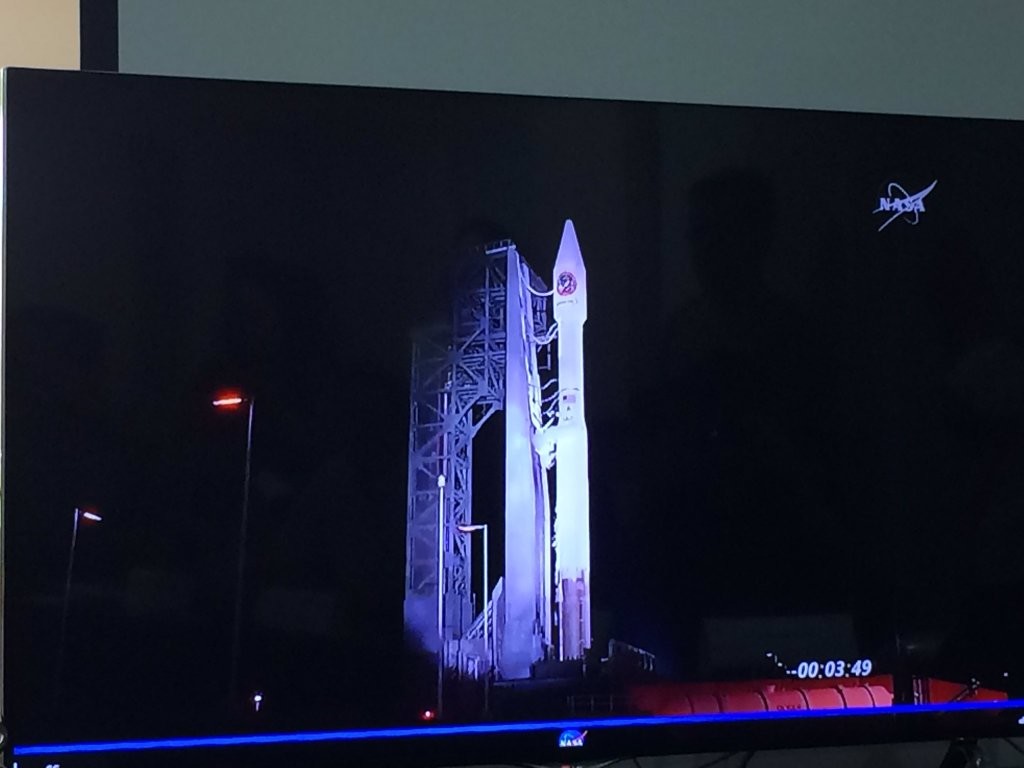And now her work begins.
Diwata-1, the first Filipino-made microsatellite, was finally deployed into orbit last night to begin her 20-month-long journey in space.
The orbiter is expected to help improve not only the country’s agriculture sector but also the government’s disaster response and mitigation efforts.
Officially named Philippine Earth Observation Microsatellite, Diwata-1 was released in space on Wednesday at 7 p.m. (Manila time) from the Japanese Experiment Module (JEM) “Kibo.”
Diwata-1 had been housed at the International Space Station for a month.
Even after Diwata-1 made the “big leap” from Earth, the Filipino experts who codeveloped the microsatellite still remained on edge, worrying about the fate of their creation in space, said Carlos Primo David, executive director of the Philippine Council for Industry, Energy and Emerging Technology Research and Development.
“You can’t remove the nervousness we feel because it took us a year [to build Diwata-1]. We tried… to ensure that everything will work properly. But it’s only at this point that we’ll know if the entire system works,” David told the Inquirer on Wednesday.
Because of the nature of space, Diwata-1 may tumble around if its “attitude control,” which handles the microsatellite’s positioning, doesn’t work, David said. In such a scenario, the orbiter’s cameras, which are located only on one side, won’t be able to capture images the desired images.
But David maintained that the nine Filipino engineers from the University of the Philippines and the Department of Science and Technology’s Advanced Science and Technology Institute who worked on Diwata-1 had prepared for such scenarios before sending the microsatellite to the Japan Aerospace Exploration Agency (Jaxa).
At Jaxa, tests were also made to determine Diwata-1’s space-worthiness.
